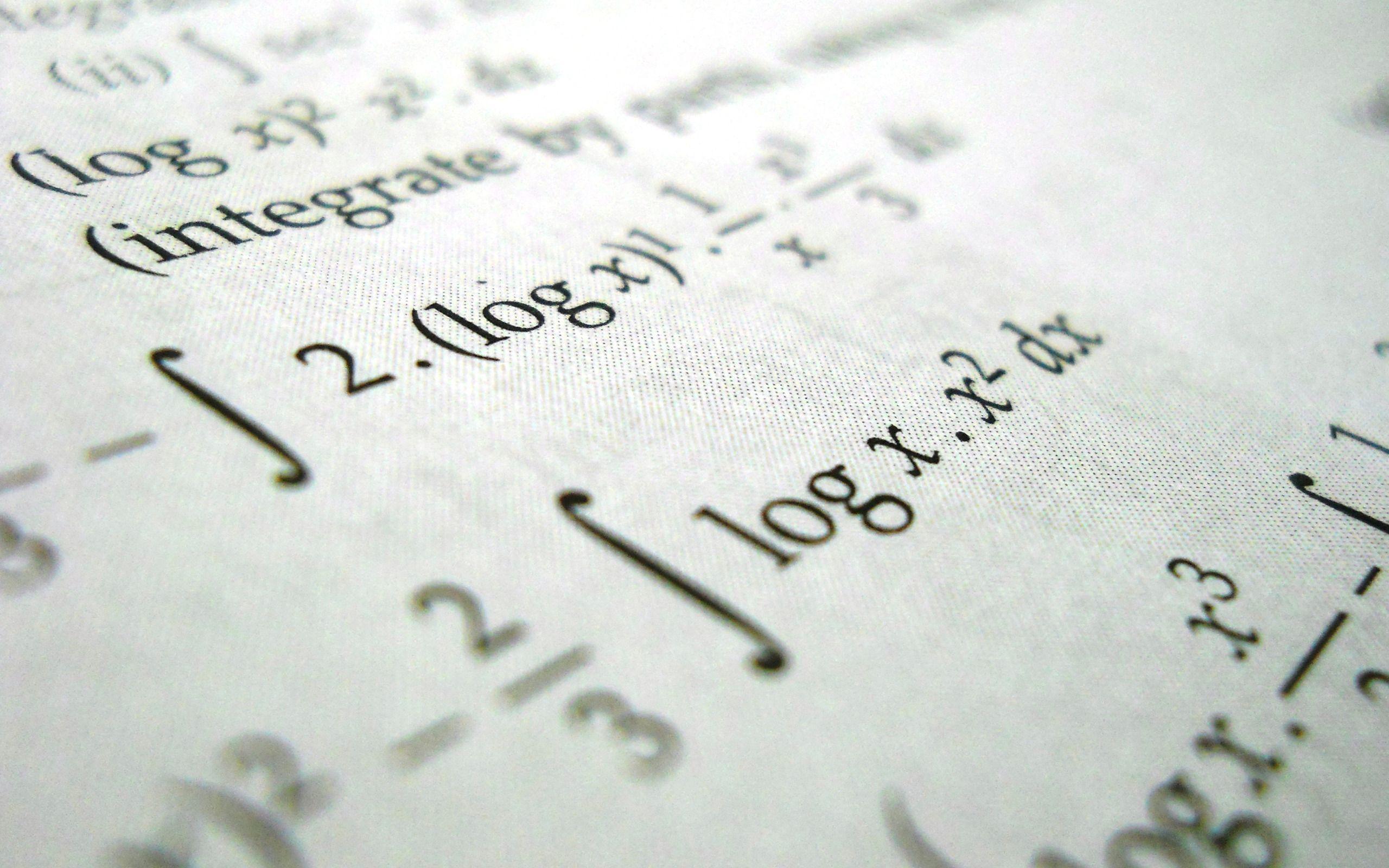Mathematics
Introduction

When I was young, I remember I would peek into the upper grade math classrooms and see the boards filled with so many cool symbols that I did not understand. I was determined to one day understand all those symbols and couldn’t wait to grow up to take those courses.
Math is a very special language concerned with truth. It is very systematic and precise. It is very satisfying to solve a problem in multiple ways and seeing the results agree.
I enjoy studying mathematics at university and view it as a hobby—I can study it all day and not get tried.
Courses
- Differential Calculus
- Integral Calculus
- Multivariable Calculus
- Vector Calculus
- Mathematical Proofs
- Discrete Mathematics
- Linear Algebra
- Differential Equations
- Probability and Statistics
- Group Theory
- Combinatorics
- Real Analysis
- Complex Variables
- Classical Geometries
My favorite branch of mathematics is Calculus; it has some of the coolest symbols and has many real-world applications that have shaped the world around us.

I value my understanding in a course more than my grade in the course. That is, I chase after knowledge not numbers, but one of my long time goals has been to complete a math course with a perfect score. I have gotten super close many times in both high school and university. At the end of my second year at university, I ended up achieving it.
Interesting Math Topic
One of the most interesting math topics I encountered was the cardinality (fancy word for size) of infinite sets. It was shown that the set of natural numbers, the set of integers, and the set of rational numbers have the same cardinality. Furthermore, it was shown that the set of real numbers is a set of greater cardinality. But how can these sets have different “sizes” if they are all infinite?
Soon followed Cantor’s Theorem, which states that for any set A, the set of all subsets of A has cardinality strictly greater than A itself.
This theorem is saying that given any set, we can always generate a bigger set. So even if you give me an infinite set, like the set of real numbers, I can create a set larger than it (namely, the set of all subsets of the real numbers denoted 𝒫(ℝ)).
The proof of this theorem is super satisfying and uses pure logic.

Later a question was posed “Does there exist a set whose cardinality is strictly between that of the natural numbers and real numbers?”.
The Continuum Hypothesis asserts that no such set exists.
You know what’s mind blowing? We cannot prove or disprove the Continuum Hypothesis. It is undecidable. I was so shocked at learning this because I thought we could always solve any math problem, and if a problem took time to solve then it just meant that the problem was hard. But it turns out there are math statements that we cannot prove or disprove given our foundation of Set Theory.
If you would like to see a proof of Cantor’s Theorem or read more about the Continuum Hypothesis, click the following button:
Work Showcase
Want to see some of my math work? Click the button below to see some fun math problems that I have solved.
